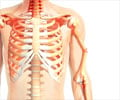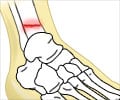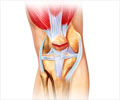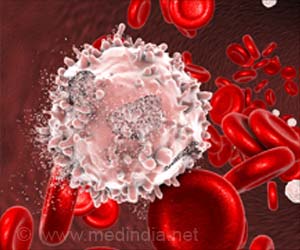Children are rushed to emergency care to treat broken bones. Their pain is managed differently depending on their race and ethnicity. Non-Latino white children are more likely to get an opioid analgesic than non-Latino black children.
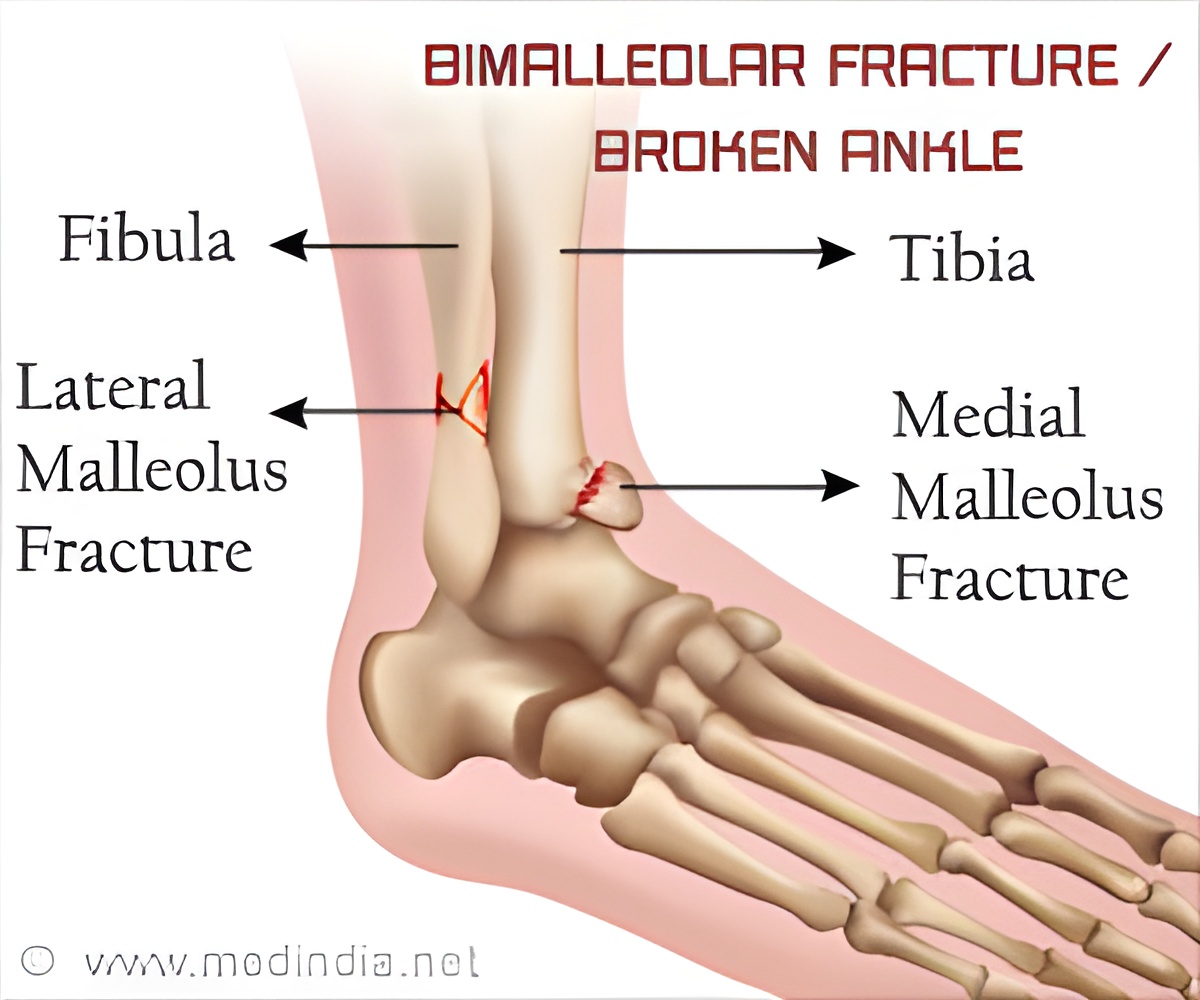
‘Parents are advised to assess the pain of children with broken bones accurately to take appropriate analgesics.’
Read More..




"We know from previously published research that pain may be treated differently based on a patient's race or ethnicity in the emergency department setting.Read More..
Our prior work has demonstrated that racial and ethnic minorities are less likely to receive opioid analgesia to treat abdominal pain, even when these patients are diagnosed with appendicitis," says study leader Monika K. Goyal, M.D., MSCE, assistant division chief and director of Academic Affairs and Research in the Division of Emergency Medicine at Children's National Health System.
"Emergency departments delivering evidence-based care should treat all pediatric patients consistently. Today's findings extend our work by demonstrating that children presenting with long bone fractures also experience differential treatment of pain based on their race or ethnicity."
The AAP calls appropriately controlling children's pain and stress "a vital component of emergency medical care" that can affect the child's overall emergency medical experience. Because fractures of long bones--clavicle, humerus, ulna, radius, femur, tibia, fibula--are commonly managed in the emergency department, the research team tested a hypothesis about disparities in bone fracture pain management.
They conducted a retrospective cohort study of children and adolescents 21 and younger who were diagnosed with a long bone fracture from July 1, 2014, through June 30, 2017. They analyzed deidentified electronic health records stored within the Pediatric Emergency Care Applied Research Network Registry, which collects data from all patient encounters at seven pediatric emergency departments.
Advertisement
Of note: When compared to non-Hispanic white children, minority children were more likely to receive pain medication of any kind (i.e.., non-Latino black patients were 58 percent more likely to receive any pain medication, and Latino patients were 23 percent more likely to receive any pain medication).
Advertisement
"Even though minority children with bone fractures were more likely to receive any type of pain medication, it is striking that minority children were less likely to receive opioid analgesia, compared with white non-Latino children," Dr. Goyal says. "While it's reassuring that we found no racial or ethnic differences in reduction of patients' pain scores, it is troubling to see marked differences in how that pain was managed."
Dr. Goyal and colleagues are planning future research that will examine the factors that inform how and why emergency room physicians prescribe opioid analgesics.
American Academy of Pediatrics National Conference & Exhibition presentation
"Racial and ethnic differences in the management of pain among children diagnosed with long bone fractures in pediatric emergency departments." 4 p.m. to 4:15 p.m. (ET) Monika K. Goyal, M.D., MSCE, and James M. Chamberlain, M.D., Children's National; Tiffani J. Johnson, M.D., MSc, Scott Lorch, M.D., MSCE, and Robert Grundmeier, M.D., Children's Hospital of Philadelphia; Lawrence Cook, Ph.D., Michael Webb, MS, and Cody Olsen, MS, University of Utah School of Medicine; Amy Drendel, DO, MS, Medical College of Wisconsin; Evaline Alessandrini, M.D., MSCE, Cincinnati Children's Hospital; Lalit Bajaj, M.D., MPH, Denver Children's Hospital; and Senior Author, Elizabeth Alpern, M.D., MSCE, Lurie Children's Hospital.
Source-Eurekalert


